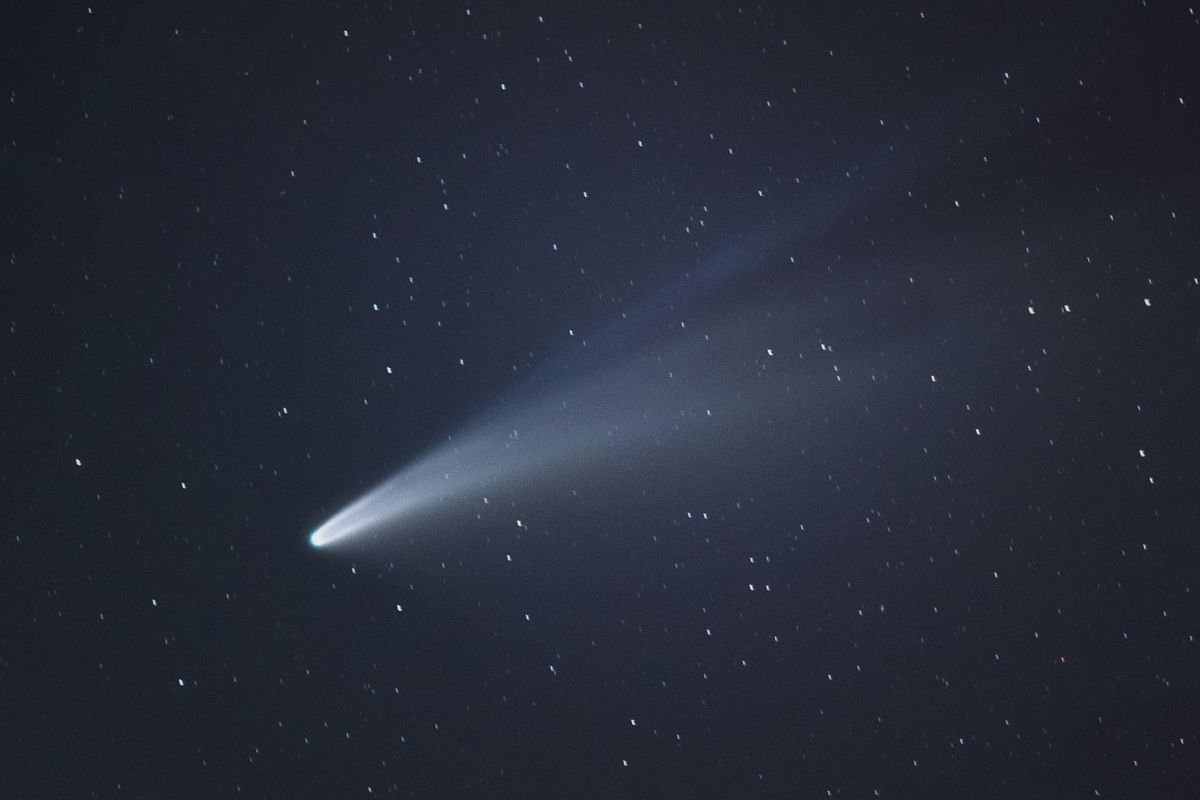Prepare to be astounded as Comet 12/P Pons-Brooks, also known as the “devil comet,” gracefully traverses through space and approaches its closer orbit to Earth. This enchanting celestial body, comprised of dust, gas, and captivating ice-cloud formations resembling horns, has even drawn comparisons to the iconic Millennium Falcon from the Star Wars saga. Excitingly, a rare confluence of circumstances in the coming spring may grant us Earthlings the opportunity to catch a glimpse of the devil comet before it vanishes from sight for another seven decades.
According to Eliot Herman, a dedicated amateur astronomer and retired professor from the University of Arizona, there is a dedicated community of observers studying the devil comet to unlock its mysteries. Herman notes that while the NASA SOHO space probe frequently captures images of comets near the sun, direct observation with the naked eye is exceedingly difficult, barring the occurrence of an eclipse. Fortunately, during this specific timeframe, a solar eclipse is expected, providing the chance to witness and photograph the comet, much to Herman’s anticipation as he ventures to Texas.
Leading astronomers will seize the opportunity to intensively study the horns of Comet 12/P Pons-Brooks as it glides by Earth before being flung back into the solar system. The comet’s perihelion, when it’s closest to the sun and therefore at its brightest, is slated for April 21, 2024. Notably, a total solar eclipse will take place on April 8, 2024, between this date and June 2, when the comet’s orbit comes closest to our planet. With the devil comet in such proximity to the sun and Earth, it has the potential to dazzle us with its luminosity and size, making it discernible to the naked eye.


